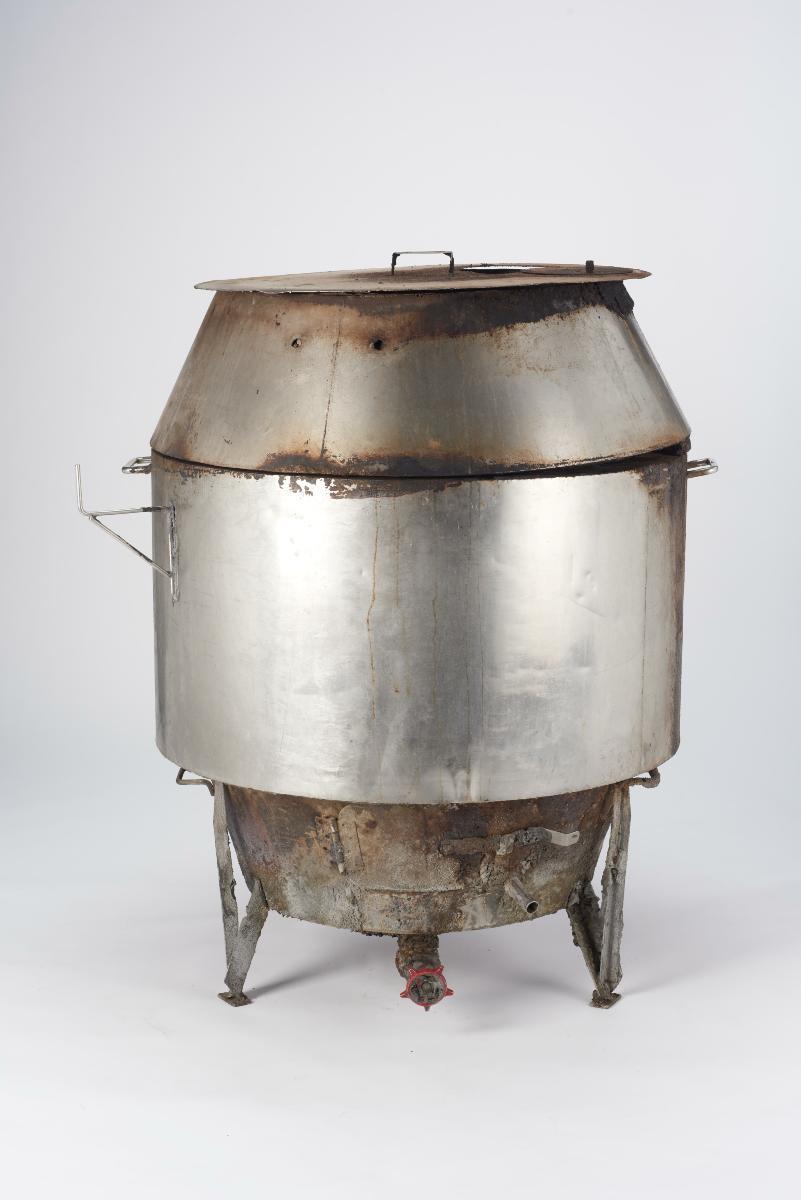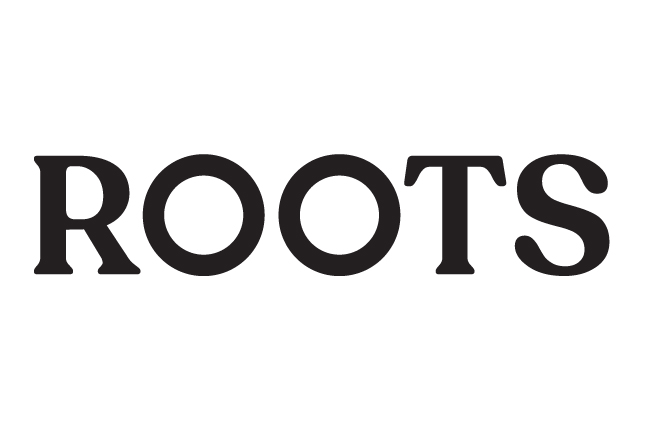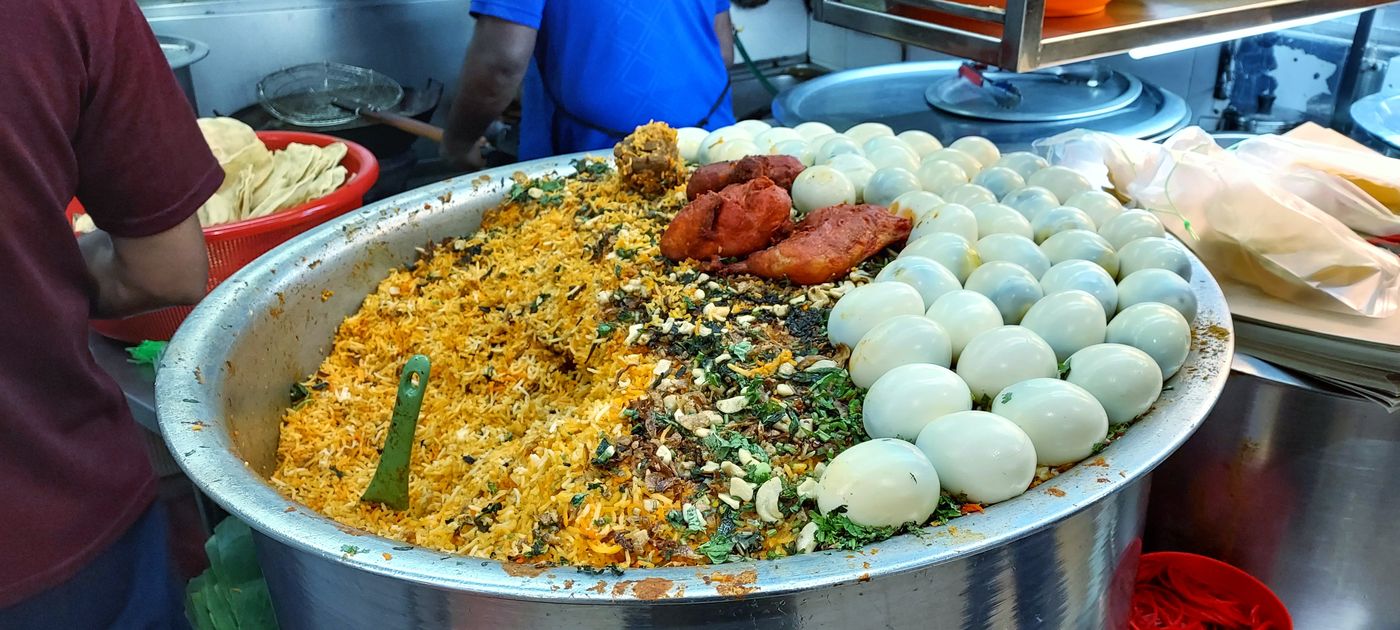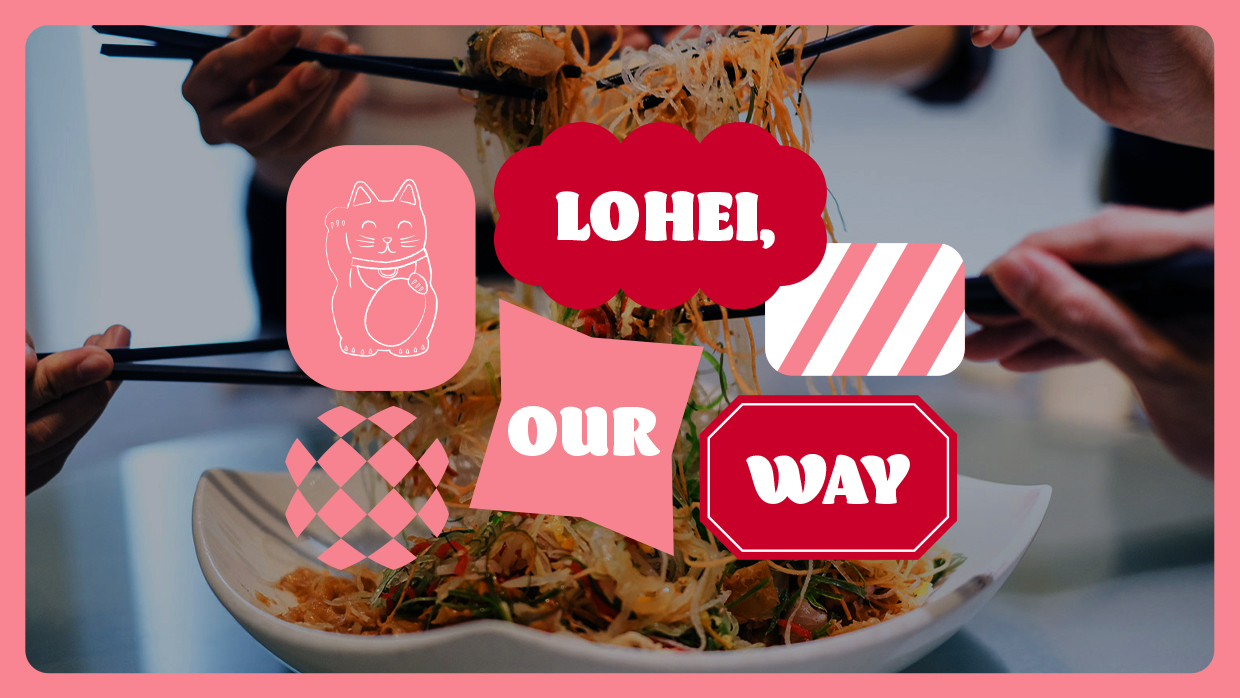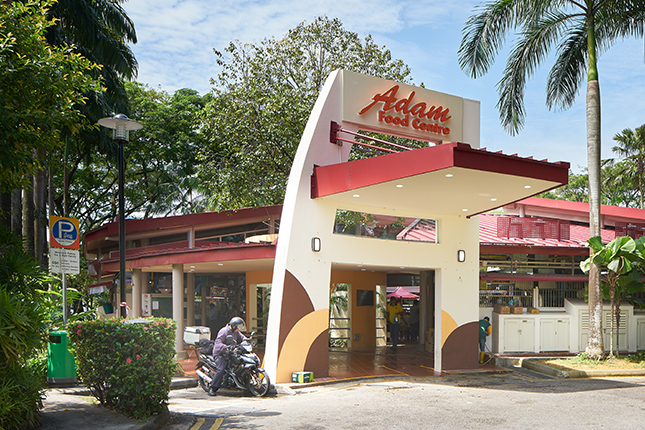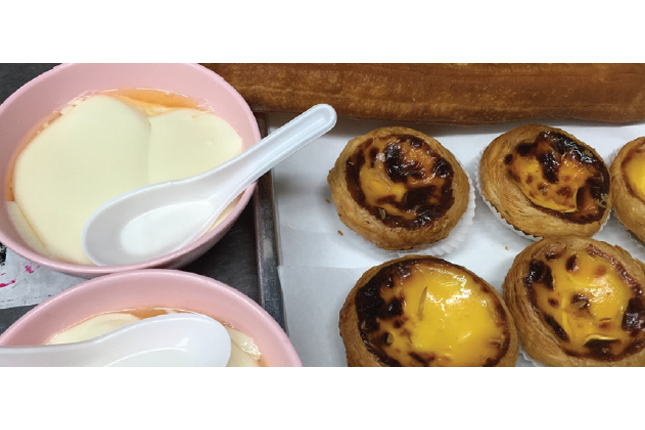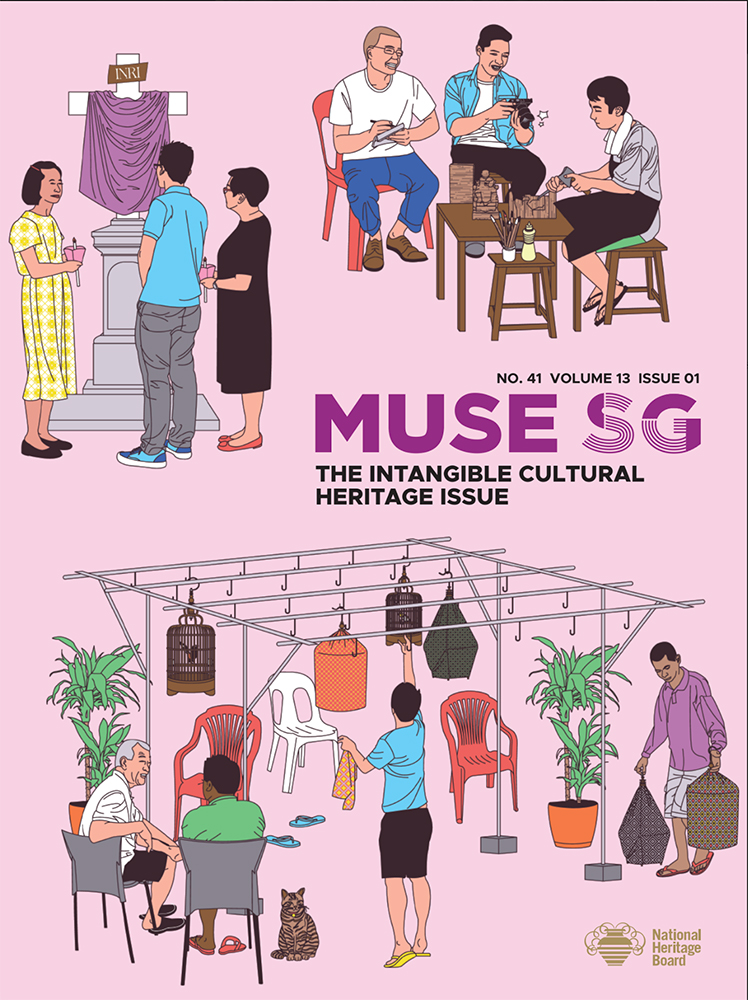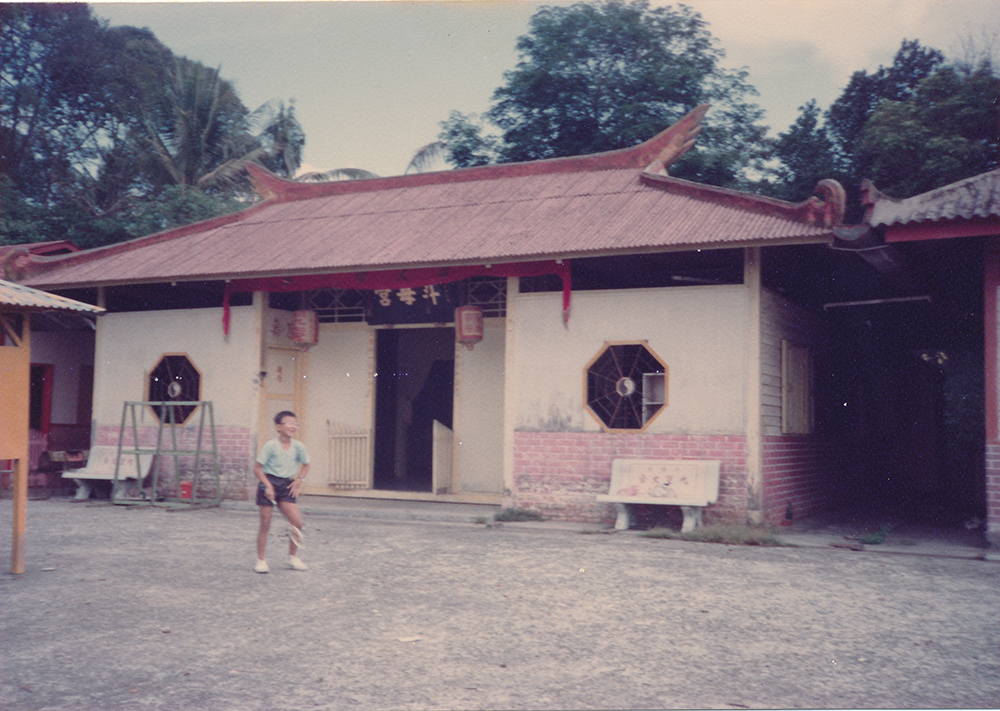Rojak
Rojak is a popular salad dish in Singapore. Although the name of the dish, rojak, is of Malay origin, there are different variations of rojak available in Singapore. The dish incorporates ingredients from the region and different ethnic groups, and reflects the cultural diversity of Singapore.
Chinese rojak in Singapore generally consists of cucumber, radish, pineapple, dough fritters, and dried beancurd puffs (taupok) all drenched in sauce. The Malay version also contains deep-fried fermented soya beans (tempeh) and fried beancurd (tahu goreng). For Indian rojak, customers choose their ingredients from a displayed array of food items such as squid, fried beancurd, and battered prawns, which are then deep-fried, diced up, and served with vegetables and sauce on the side.
Geographic Location
Today, rojak is widely available across Singapore. It can be found in hawker centres, food courts and coffee shops. Variations of rojak are also present in countries in the region such as in Indonesia and Malaysia.
Communities Involved
Rojak is enjoyed by both locals and tourists alike. The rojak stalls are usually run by the respective ethnic communities. For example, most Chinese rojak stalls are owned and run by Chinese Singaporeans, while Indian stalls are often owned and run by Indian Singaporeans who have been in the trade for a long time. The stalls are mostly family-run, and their recipes closely guarded.
Experience of a Practitioner
In 1970, Mr Cheng Kong Sang started selling rojak at his stall, which was then located in Toa Payoh. Today, he still makes rojak at his present stall at Old Airport Food Centre, where he has been for the past 17 years. He decided to sell rojak as he felt this versatile dish would appeal to the Singaporean community across ethnic and cultural backgrounds. In seeking to make the most delicious version of Chinese rojak, he believes he has pioneered the grilling of dough fritters and dried beancurd puffs.
Despite his age, Mr Cheng still puts in 15-hour work days, starting with the preparation of ingredients at 9am. Once the ingredients are ready, he needs only two minutes to prepare a dish of rojak. In the afternoon, his daughter, Regina Cheng, and her husband, Lim Swee Seng, take over, after which Mr Cheng soldiers on until midnight.
To Mr Cheng, rojak is both a personal and national heritage. Being a rojak seller has enabled him to provide for his family. Also, he has been invited to the Istana to make the dish for distinguished guests. He feels privileged to have been recognised in these ways for his efforts in the trade. He hopes that rojak will continue to be hand-made—one dish at a time—for freshness and quality, and to safeguard the integrity of the dish.
Associated Social and Cultural Practices
As a local salad, rojak can be taken as a main meal or as a side dish. The key to rojak lies in the freshness of the ingredients and the flavour of the sauce. The Chinese rojak sauce features prawn paste or hei ko mixed with lime juice and tamarind, ginger buds, sugar, vinegar, and a little water with optional chilli paste. For Malay rojak, shrimp paste or belacan is used instead of prawn paste; the sauce is also pounded rather than mixed. The sauce for Indian rojak is a thickened mix of chilli, peanuts, and spices.
There are loyal customer bases built up over the decades during which the stalls have been in operation. These informal networks around the love of the dishes help facilitate the continuation of knowledge surrounding the practice of making the dishes, its origins, and the hawkers preparing them
Present Status
Rojak has enjoyed a widespread and enduring popularity. The humble dish has made it into onto the world food stage via the prestigious Michelin Guide in its 2016 Singapore edition, with the Bib Gourmand award given to Mr Lim Ngak Chew’s Balestier Road Hoover Rojak stall.
Rojak has also been incorporated into cooking classes of culinary schools, as well as through culinary heritage and food trails. We can look forward to rojak being offered and continually enjoyed by both locals and overseas visitors.
References
Reference No.: ICH- 069
Date of Inclusion: March 2019
References
Chua, Beng Huat and Ananda, Rajah. “Food, Ethnicity and Nation.” In Chua, Beng Huat(ed), Life is Not Complete Without Shopping: Consumption Culture in Singapore Singapore: NUS Press, 2003.
Duruz, Jean and Gaik, Cheng Khoo. Eating Together: Food, Space and Identity in Malaysia and Singapore. Rowman and Littlefield, 2014.
Kong, Lily and Sinha, Vineeta. Food, Foodways and Foodscapes: Culture, Community, and Consumption in Post-Colonial Singapore. Singapore: World Scientific Publishing, 2015.
Tay, Leslie. The End of Char Kway Teow and Other Hawker Mysteries. Singapore: Epigram Books, 2010.
Temasek Polytechnic. Singapore Hawker Classics Unveiled: Decoding 25 Favourite Dishes, Singapore: Marshall Cavendish International (Asia) Pte Ltd, 2015.






